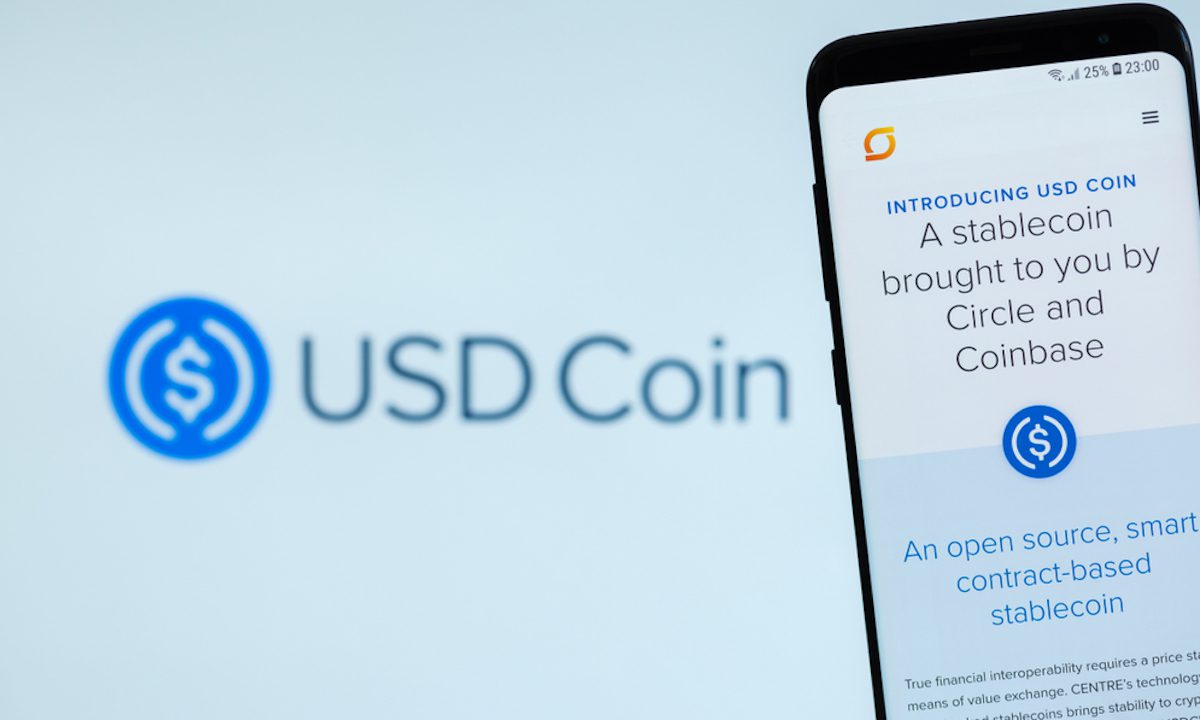Circle’s New Reserve Details Show Reservations Over Stablecoin Reserves

Circle’s latest announcement seems focused on quelling a key existential concern that might exist about stablecoins: reserves about reserves. To that end, cryptocurrency exchange Coinbase and network Centre are collaborating to support Circle’s USD Coin (USDC), in part by shifting the mix of assets and holdings that back the stablecoins themselves.
As noted in this space on Monday (Aug. 23), the company is backing each coin with $1 in reserves – via cash and short-term U.S. Treasuries.
Read also: USDC Now Backed By Cash, US Treasuries
Previously, that dollar backing was done through a range of holdings that contained commercial paper as well.
Related news: Circle Squares Transparency On Dollar Reserves
And that is, at least in part, a nod toward some of the debate that surrounds the development and emergence of stablecoins – namely, what’s behind them.
What’s Behind The Coins
After all, stability comes from the inherent stability of the commodity or asset backing the coin itself. Circle, and stablecoin peer/competitor Tether, have published attestations of what they’ve got in reserve, so to speak.
As reported earlier this year, in a separate attestation that shows the wide range of holdings, Tether said that of the 75.85 percent of reserves that it claimed were held in cash, cash equivalents, bonds and paper, 3.87 percent of those holdings were in cash, 65.39 percent were in commercial paper, 24.2 percent were in fiduciary deposits, 3.6 percent were in reverse repo notes and 2.94 percent were in treasury bills.
As PYMNTS noted back then: “In other words, the coins are backed, yes, but not wholly by fiat held in reserves.”
Read more: Circle Squares Transparency On Dollar Reserves
Conventional wisdom holds that stablecoins are, well, inherently more stable than other cryptos – perhaps most notably the granddaddy of cryptos, which would be bitcoin – because by being pegged to a dollar or euro, the volatility is significantly lessened. But commercial paper can, at times, be volatile.
In addition, the movement by Circle seems to be a way to get out in front of any concerns that regulators and lawmakers might lob at stablecoins in terms of transparency.
“Mindful of community sentiment, our commitment to trust and transparency, and an evolving regulatory landscape, Circle, with the support of Centre and Coinbase, has announced that it will now hold the USDC reserve entirely in cash and short-duration U.S. Treasuries,” Centre said in detailing the change. “These changes are being implemented expeditiously and will be reflected in future attestations by Grant Thornton.” As Circle said in a press release, the changes reflect the “more conservative reserve management standards of the Centre Consortium” and a more conservative investment profile.
Circle’s announcement comes just after the news that it is seeking status as a national digital currency bank.
Also see: USDC Creator Circle Seeks Full-Reserve National Commercial Bank Status
